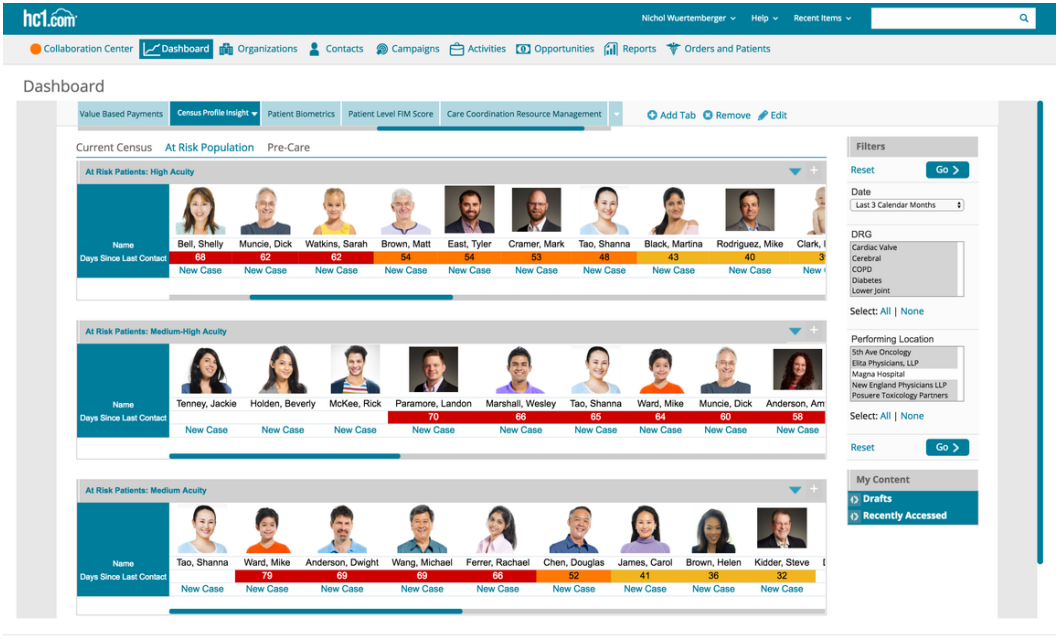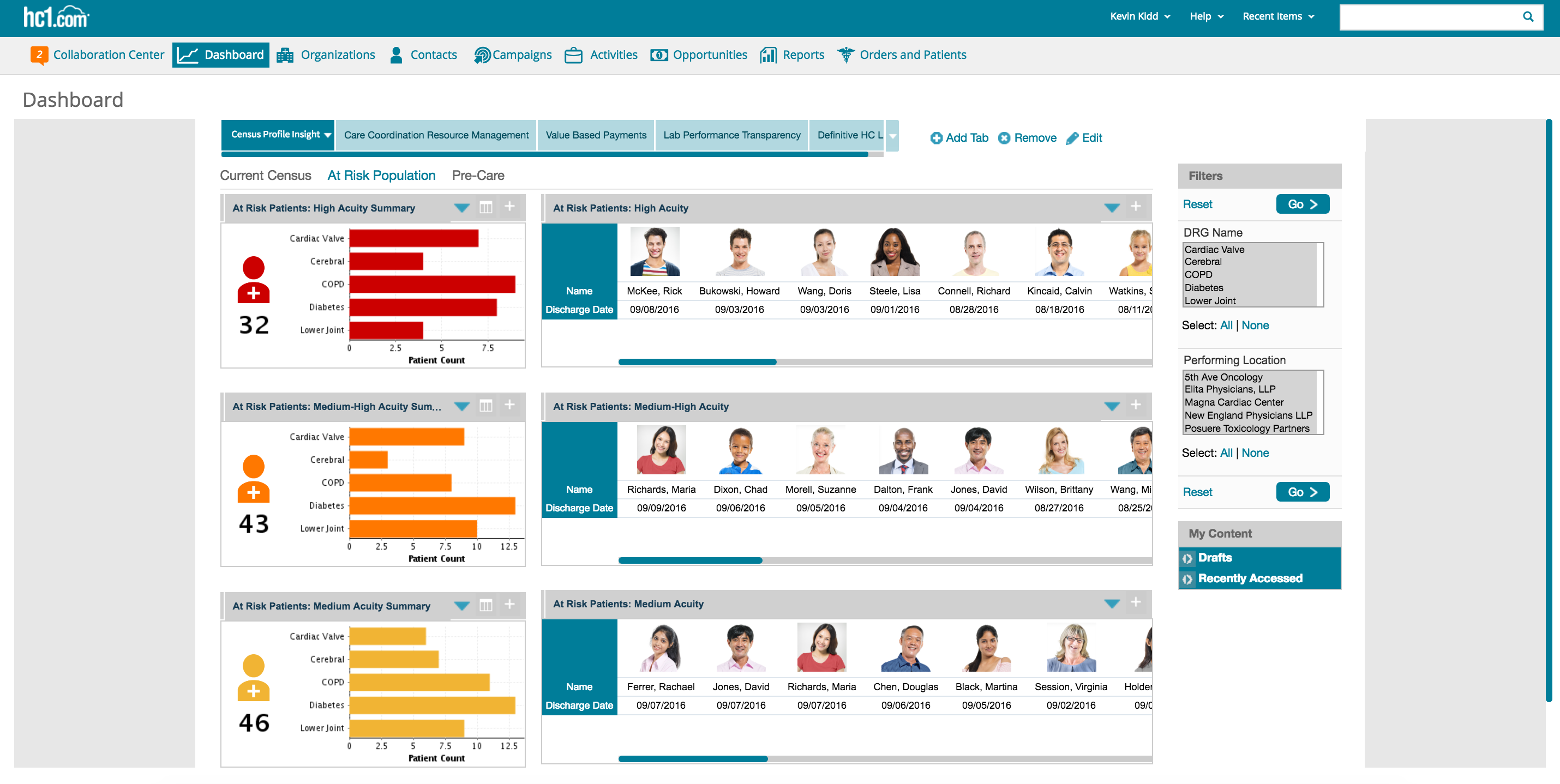When it comes to involving patients in their own healthcare journey, technology and data provide an extra level of value. Understanding how your patients are engaging with your organization, how they are relying on your services, and how to best communicate with them is paramount. Value-based organizations are being relied upon to help keep patients with chronic diseases compliant, keep pre-diabetic patients healthy and out of the hospital, and keep entire demographics flu-free during peak seasons. This develops value-based relationships between health systems and patients that are built on mutual trust and credibility.
Key Elements of Patient Engagement:
Many patient engagement strategies include 4 main pillars: retain, stratify, reform, and connect. These are all dependent on data - securely messaging patients via a HIPAA-compliant platform, stratifying them based on demographic or socio-economic data, providing educational content pre-procedure, and sending them test results and follow-ups in a timely manner.

1. Streamline Healthcare Reminders & Engagement
Thanks to this continuous shift from volume to value, hospitals and physician practices are now tasked with providing 1:1 communication and reminders to their patients. Health Reminder solutions consolidate all outbound digital communication channels into one HIPAA-compliant platform for maximum reach and efficiency. Through automated emails, texts, and phone messages, outbound communication channels are seamlessly combined to decrease revenue leakage and increase patient responses. Health Reminders also impact internal responses such as rescheduling appointments, compliance monitoring, and proactive issue resolution.
Health Reminders provide healthcare leaders with a methodology to better understand patient populations. Teams can accurately stratify patients and track where individuals are at through their entire care journey with the help of key messaging components and integrated technology applications. Stakeholders can track email open rates, clicks, and unsubscribe rates to measure how patients are interacting and engaging with messages.
These messages can include medication alerts, appointment reminders, or pre-procedure updates. With campaign management solutions, emails, texts, and voice calls are all customized for individual patients, ensuring the highest level of value and care. The holistic patient profiles help stratify patients and enable organizations to engage in a timely manner.
Health Reminders also enable teams to communicate with large patient populations or individual patient audiences with minimal manual work, increasing response rates and employee efficiency.
2. Increase Care Coordination Efforts
With the rise of quality-based patient care and the decline of reimbursement rates, healthcare providers are left wondering how to provide quality care for patients outside the four walls of a hospital. Care Coordination solutions help hospitals, health systems, and physician practices care for, engage with, and better serve large patient populations. This includes both understanding your patients and how to better interact with them and how your employees are spending their time for maximum efficiency. Tracking patient interactions, internal case resolution, and value-based reimbursements are the keys to successful Care Coordination.

Care Coordination teams can create cases based on patient encounters, with next steps based on who else should be involved (nurses, wellness coaches, therapists, etc.). These cases leverage comprehensive patient profiles that seamlessly bubble up high-risk patients that need attention. The profiles integrate data from hospitals, home health solutions, as well as skilled nursing facilities for a holistic view of all outpatient activities.
3. Optimize Bundled Payment Strategies
Today, healthcare organizations and post acute care facilities are being tasked to decrease patient length of stay, effectively keeping patients healthier and out of care treatment facilities. This means tracking the overall cost per patient, per treatment, and per length of stay in a single platform. Holistic patient profiles house all types of patient information, from key contacts to length of stay. These profiles are accessible across departments - and even different locations - so all stakeholders are aware of critical changes, issues, and results. Any ‘red flags’ can be tracked and cataloged for accountable follow-up, ensuring patients are receiving value-based care 100% of the time.
Integrating these powerful patient profiles with various other data sources allows for the visualization of key quality, patient, and logistic metrics. Executives can view patient metrics at specific locations, by certain CPT codes, or even drill down view individual patient information to promote action and accountability at every care level. Users can then leverage these profiles to create reports for payors to showcase where value was optimized and where quality measures were met.
Learn more about increasing revenue and value with our newest ebook, “5 Ways to Increase Revenue and Optimize Value in Your Health System".



